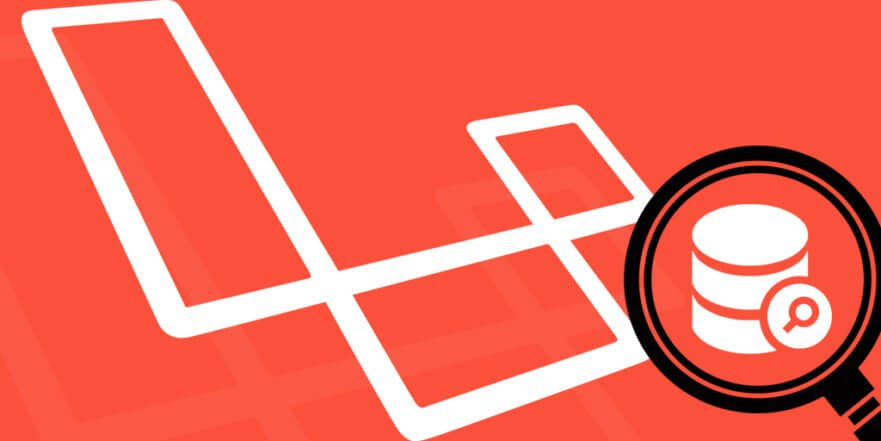Eloquent object-relational mapping or ORM is an advanced procedure of implementing the PHP framework, of the active patterns of record, which is known to deliver the time internal methods, for the enforcement of constraints association between the database objects.
Working in the Laravel Eloquent system helps programmers and developers to efficiently work with several databases by using an Active Method implementation. For the complete appreciation of the Laravel Eloquent ORM’s utility, it is crucial for you to understand its ecosystem.
Before learning the Laravel Eloquent tutorial, let us have a look at its definition.
Laravel Eloquent
When thinking of an easy way to establish database communication what comes to your mind first? If the answer is the Laravel framework which is equipped with the eloquent ORM, then you are on the right track.
Creating websites and applications which are complex is one of the primary functions of programmers and developers. Thus, short development periods and hassle-free methods are mostly preferred by them. The framework helps these developers to make faster developments and also provides them with appropriate solutions to the problems that they encounter.
With this framework, different requirements in small business are addressed and developed faster as well as made reusable, well organized, scalable, and maintainable. Its performance with custom web applications caters to several databases and also performs common operations in databases.
Working of the Eloquent ORM
The foremost provision of Eloquent ORM is that developers and programmers can work with several databases, using the implementation of Active Method. Eloquent is a structural pattern in which the created model within the Model View Controller structure or MVC, is corresponding to a database table. The benefits lie in the performance of the models in association with common operations in the database without the need to code long SQL queries.
Models are the ones that are defined within app folders but can be put anywhere, where they can be auto-loaded. Data sharing in database tables is allowed by these models as well as, also enables the insertion of new records into the existing tables. This particularly is beneficial since the synchronicity process of the several databases that are running on different systems is even simplified. The need to code SQL queries is excluded.
All the work that you need to do is to define the tables and the relationship between the database tables, while Eloquent does the rest of the job.
The Laravel framework setup
As mentioned previously the utility of Laravel within the Eloquent ORM can be understood by a tutorial. Few steps for a head start are given below.
- Installation of Laravel
- Creating migrations
- Creating Eloquent models
- Seeding the database
Migration
The process of database management by writing PHP instead of SQL is referred to as migration. Migration is an efficient way of adding version control to the database. In order to start with migrations, a Laravel migration setup is required. Hereafter, the terminal has to be opened and the correct path has to be chosen.
For migrations that are based on two methods; up and down, the up method is concerned with making changes to the database, while the down method is concerned with reverting such changes.
The up method in migration will help run whatever code is placed in the up method. While the down method will revert the migration that will undo what the up method had done.
Seeding
Post-migration of the database, the following process will be seeding. The procedure of seeding eloquent comes into play as it helps in the insertion of records in the database. For doing so you need to create a model before you can proceed with database seeding.
A model is correspondingly associated with each table in the database that is primarily used for interaction with the specific table. It helps to query data and insert new records in the table.
For many, the idea of seeders is simply confusing although it is only a populating class in your database. The benefit of the seeder is that its execution is possible by using only simple commands for refreshing the database. Seeders also help to eradicate unreadable names which leads to overlooking certain bugs.
The primary idea that seeders in the tale is that it helps to eradicate the issue of wrong data where you can develop a powerful yet simple seed. The special set of classes is what populates your database over and over with the same data.
Explaining the Eloquent model
Now that we know the forms of classes, let us go through an explanation. The generation of alternative and different forms of classes while generating a model like a seeder, factories, and controllers, can be combined to make several classes at one go.
- Table name
By default, the plural name of the class will conventionally be the name of the table. Thus, it can be assumed by Eloquent that in the user’s table only the User model is stored. Whereas, for defining the table name of the model you can manually input table property on the model.
- Primary keys
It is also assumed by eloquent that each corresponding table to the model is associated with a column which is the primary key. You can also add different columns for the primary.
- Timestamps
Values of updated_at and created_at columns are automatically set by eloquent whenever a model is created and updated. If you do not want the columns to be managed automatically, you can use the timestamps property in your model with the false value.
Concluding note
The robust characteristics and tools that eloquent provides while working with Laravel, makes it efficient for developers and programmers to build custom websites.
This article has provided you with a head start on how to utilize the primary Eloquent ORM features within Laravel, although you should keep in mind that some of these features can be utilized only when you hire Laravel developers for implementing it in your web project.





Be First to Comment